Historic Marker # 1362 Madison Hemp and Flax Co.
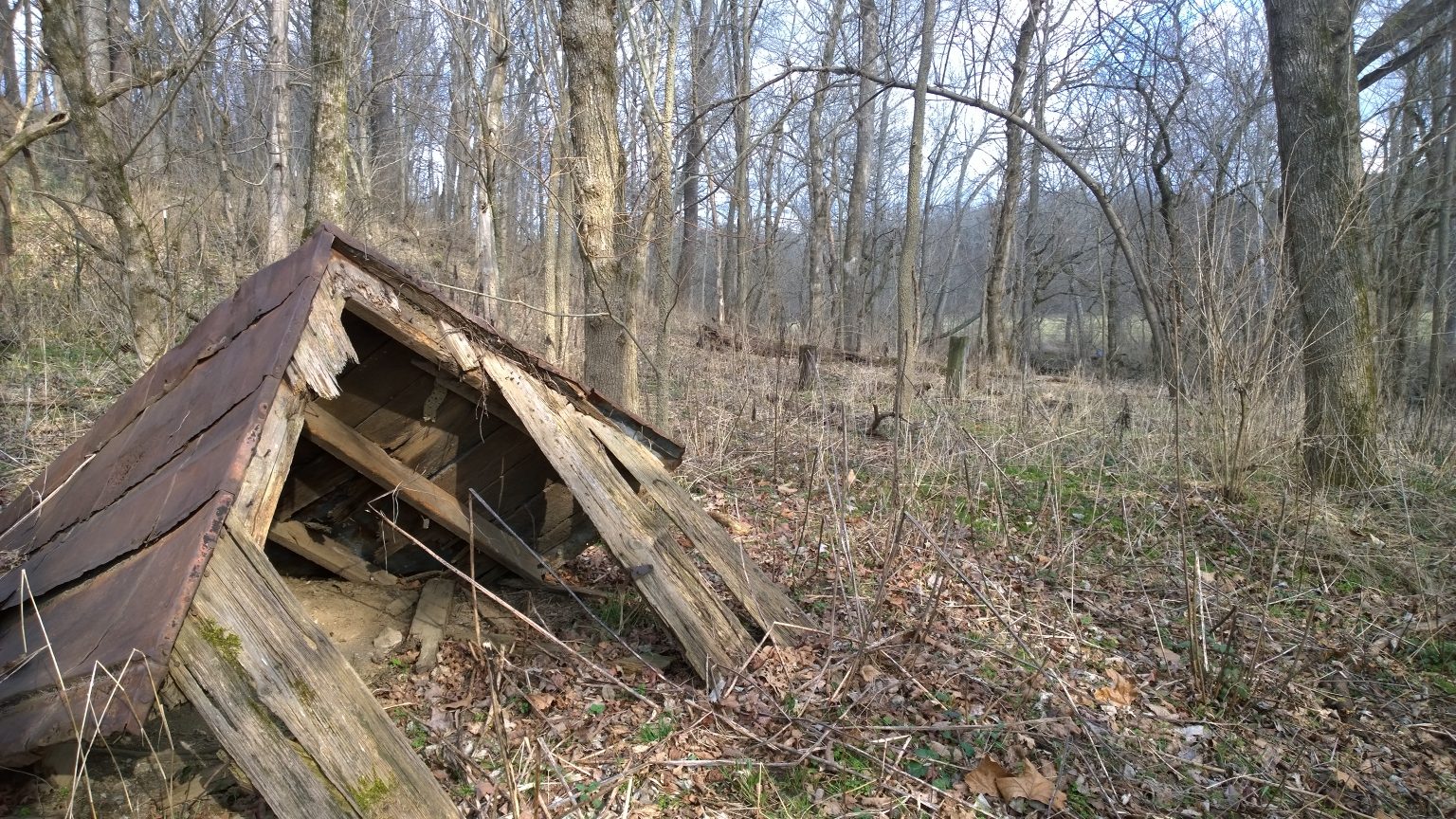
Walking Along Silver Creek
Location:
5.4 miles West of Eastern By-Pass in Richmond, KY 52 at Silver Creek Bridge Richmond, KY (marker is missing)
Marker Text:
“Began operations here on Silver Creek in 1806. The machinery for spinning hemp and flax was run by water power. In 1808, received permission from legislature to incorporate and sell stock. Factory produced thread which was sold or used here for weaving. One hundred and six spindles were in operation, each capable of spinning daily ½ lb. thread suitable for linen.”
Madison County Hempstory:
The Clay family dominates the Madison County hempstory. Richmond resident, Colonel Green Clay established several thriving businesses, including a hemp mill on Tates Creek. Meanwhile, his cousin Senator Henry Clay opened the Madison Hemp and Flax Company on Silver Creek.
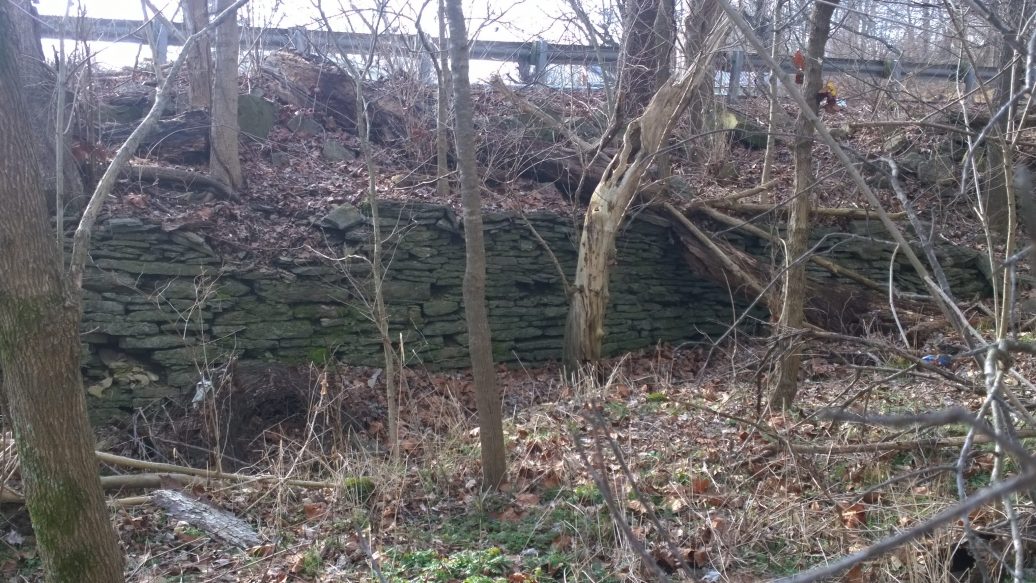
Road Way Near Silver Creek Bridge, Madison County
Madison Hemp and Flax Company:
The Madison Hemp and Flax Company was a state of the art hemp processing facility. Five partners William Macbean, the Maccoun brothers James and David, Robert Frazier and aspiring politician Henry Clay started the company. Acquiring 50 acres of land along Silver Creek in December 1806, the partners realized they required additional start up capital. Subsequently, in 1808 they petitioned the state legislature for the right to sell 1000 shares of stock at $25.00/ share. Thus Madison Hemp and Flax became one of Kentucky’s first public companies.
The company was a vital link in the supply chain that formed Kentucky’s hempire. Madison Flax and Hemp converted hemp fiber into thread. This thread in turn fed the looms of Kentucky’s nascent textile and bagging industries.
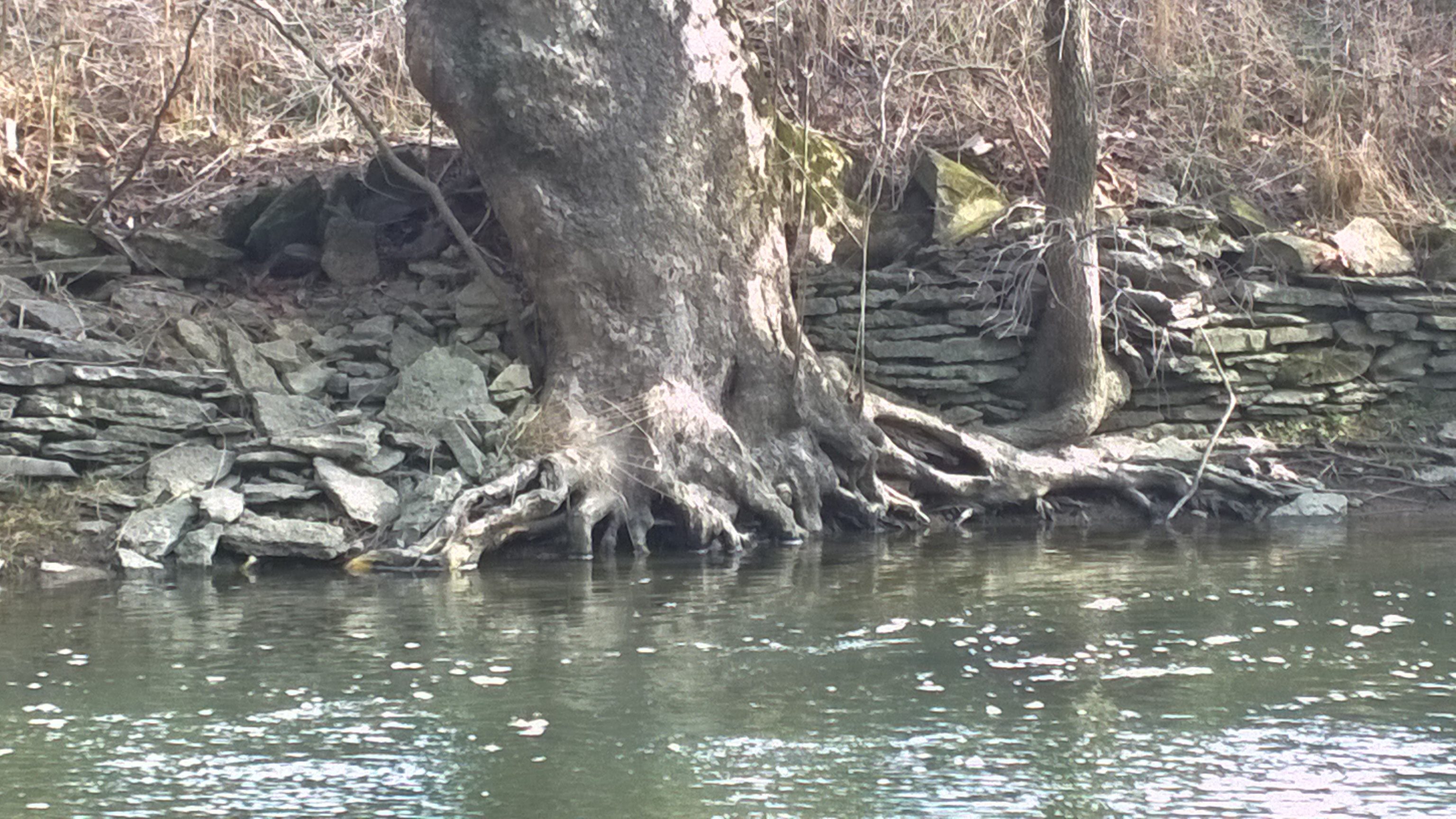
Along Silver Creek, Madison County
White Hall Home of Colonel Green Clay:
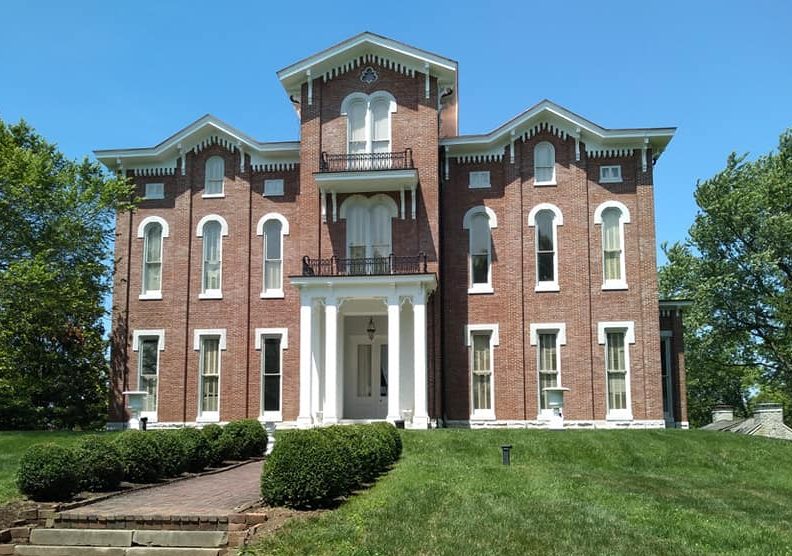
Whitehall Home of Col Green Clay and Cassius Marcellus Clay, Kentuckys leading emancipationist. Located near Richmond just off I-75.
Senator Henry Clay is well known, however the Senator was not the only influential Clay in Kentucky. Richmond, in Madison county, was home to Colonel Green Clay. Green Clay, Henry Clay’s cousin, served in the Continental Army during the Revolutionary War. Clay secured an appointment as a land surveyor when Kentucky opened for settlement. This appointment was the result of connections Col. Clay made during the war. Between the power of his office and his shrewd eye for prime land Green Clay became one of the wealthiest and most influential men in the state. While Clay raised tobacco, hemp and corn, his businesses also include mills, a distillery and a ferry across the Kentucky River.
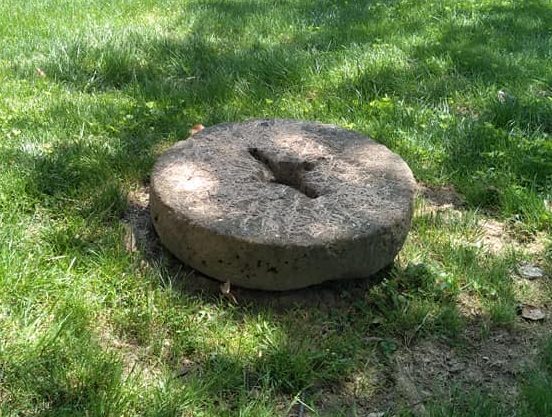
Mill stone at Whitehall State Historic Site
In the late 1790’s Green Clay started his estate mansion, White Hall. Through the decades, Clay expanded the original mansion several times. Subsequently, the design is a combination of Georgian and Italianate styles.
Certainly the most noteworthy resident of White Hall was Green’s son, Cassius Marcellus Clay. Cassius graduated from Yale University in 1832. While a student, Clay attended a speech by abolitionist William Lloyd Garrison. Inspired, Clay subsequently became Kentucky’s leading voice against slavery.
A founder of Kentucky’s Republican Party, Clay subsequently campaigned in support Abraham Lincoln in the 1860 election. As a result of his loyalty, Lincoln appointed Clay minister to Russia in 1861.
Other Sites Points of Interest:
Though not directly related to hemp, a visit to the town of Berea is essential, while in Madison county. Considered a center for arts and crafts and folk art, the town was founded on land donated by Cassius Clay to abolitionist John Fee in 1853. Fee subsequently founded Berea College in 1855. Considered scandalous at the time, Berea was co-educational and open to all races.
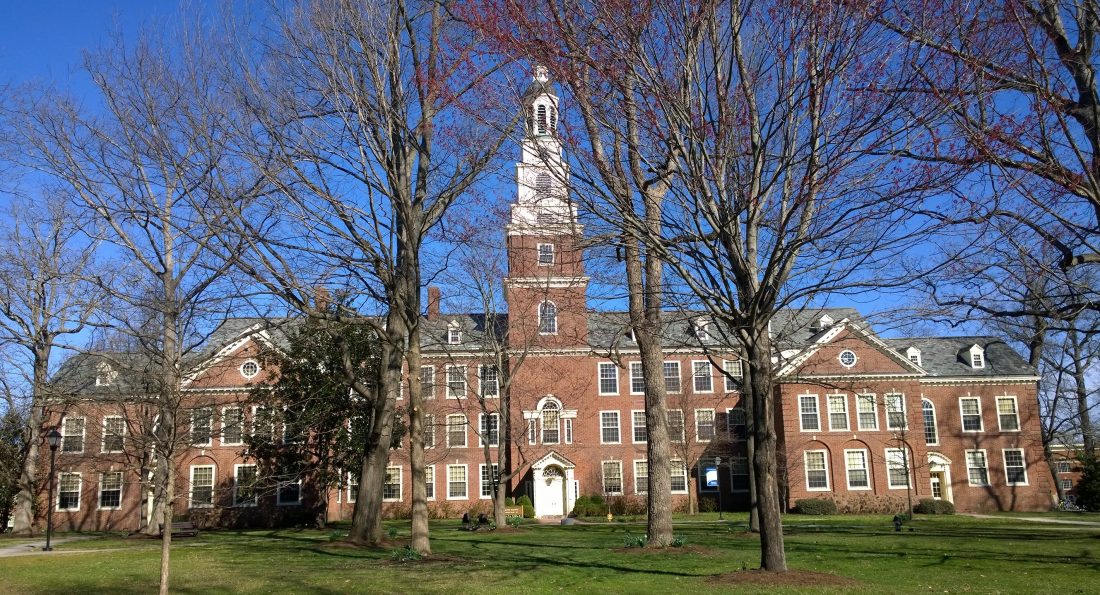
Berea College was established on land donated by Cassius Clay. Berea was the first interracial, coeducational college in Kentucky.
Fort Boonesborough State Park, while not a true “historic site” is a frontier life education center. The park features reenactments of daily life on the frontier. Textile production is a topic explored at the park.
